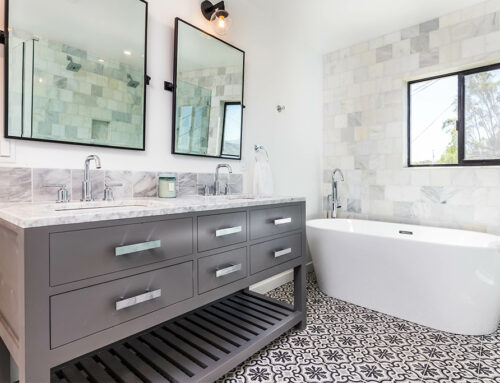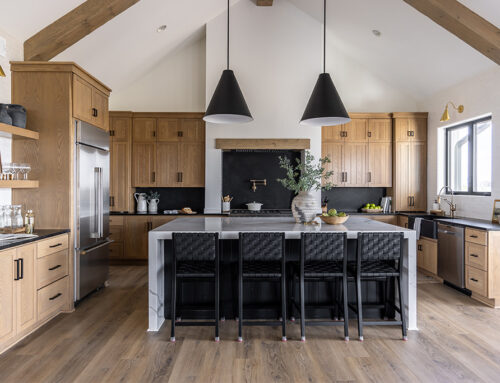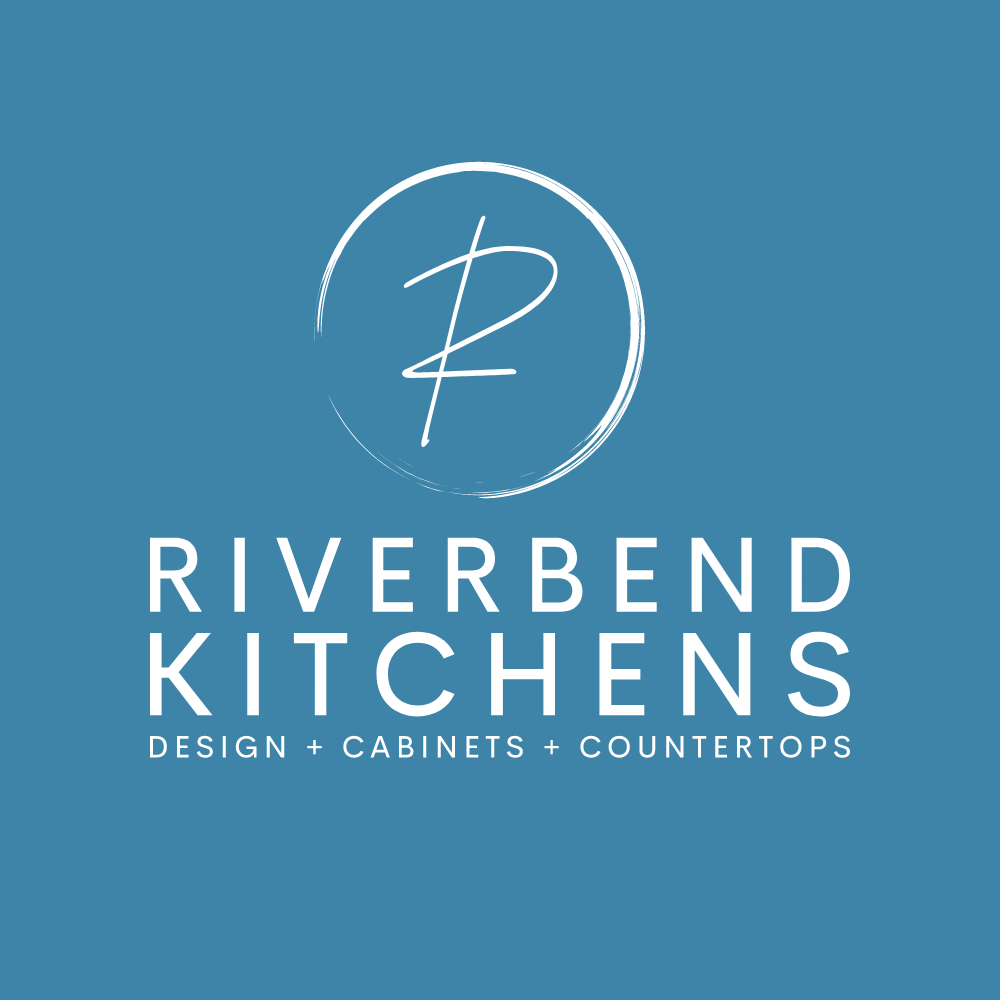When planning a kitchen remodel, particularly one that features craft cabinetry, having a clear timeline is essential for ensuring a smooth and efficient process. Craft cabinetry, known for its superior quality and custom design options, can significantly enhance the functionality and aesthetics of your kitchen. However, these benefits come with the need for careful planning and coordination.
At Riverbend Kitchens, we specialize in transforming ordinary kitchens into extraordinary spaces. With our focus on custom craft cabinetry, we bring personalization, quality, and unmatched craftsmanship to every project. Whether you’re looking to modernize your space, increase efficiency, or add a touch of luxury with craft cabinetry, our step-by-step timeline will help you navigate this transformation with confidence and ease.
Benefits of Custom Cabinetry
Choosing custom cabinetry for your kitchen remodel offers numerous advantages. Unlike stock or semi-custom cabinets, custom cabinets are built to your exact specifications, ensuring a perfect fit and unparalleled quality.
Personalization
Custom cabinetry allows you to personalize every aspect of your kitchen. From the type of wood and finish to the hardware and layout, you have complete control over the design. This means you can create a kitchen that reflects your style and meets your specific needs.
Quality and Craftsmanship
Custom cabinets are built by skilled craftsmen using high-quality materials. This results in cabinets that are not only beautiful but also durable and long-lasting. At Riverbend Kitchens, we pride ourselves on using the finest custom cabinet makers and our commitment to excellence.
Maximize Space and Functionality
With custom cabinetry, you can optimize your kitchen’s layout and storage solutions. Custom cabinets can be designed to fit unique spaces and incorporate specialized storage features, such as pull-out shelves, lazy Susans, and built-in organizers.
Planning Your Kitchen Remodel
A kitchen remodel is a significant undertaking that requires careful planning. Here’s a step-by-step guide to help you get started.
Setting a Budget
Begin by determining your budget. Consider all aspects of the remodel, including cabinetry, countertops, appliances, and labor costs. Be sure to allocate a portion of your budget for unexpected expenses.
Designing the Layout
The layout is a crucial element of your kitchen remodel. Think about how you use your kitchen and what changes could improve its functionality. Riverbend Kitchens offers design services to help you create a layout that works for you.
Selecting Materials
Choose materials that suit your style and budget. This includes not only your cabinetry but also countertops, flooring, and backsplash. Our team can guide you through the selection process, ensuring that all elements complement each other.
Managing Timelines and Expectations
A kitchen remodel can be a complex process with many moving parts. Here are some tips for managing timelines and expectations, especially when custom cabinetry is involved.
Setting Expectations
Set clear expectations with your contractor and any other professionals involved in your remodel. Discuss timelines, delivery dates, and potential delays. Keeping an open line of communication will help prevent misunderstandings and ensure a smoother process.
Flexibility and Patience
Remodeling your kitchen requires flexibility and patience. There may be unforeseen challenges or delays, but staying flexible and patient will help you manage the process more effectively.
Realistic Timelines
Custom cabinetry takes time to design, build, and install. Be prepared for this phase to take several weeks or even months. Plan your remodel schedule accordingly and communicate regularly with your contractor and suppliers.
Timeline for Custom Cabinets in a Kitchen Remodel
Planning the timeline for custom cabinets in your kitchen remodel involves several key stages. Here’s an overview of what to expect and how to plan accordingly:
1. Design Phase
The design phase is where you’ll work with a designer or cabinet maker to create the blueprints for your custom cabinetry. This process can take several weeks, depending on the complexity of your design and the level of customization required. Be prepared to provide detailed measurements and specifications to ensure the design meets your exact needs.
2. Material Selection and Ordering
Once the design is finalized, it’s time to select materials. High-quality wood, finishes, and hardware need to be chosen and ordered. This step is critical as certain materials may have longer lead times. Allocate at least two to four weeks for this phase, keeping in mind potential delays due to material availability.
3. Fabrication
The fabrication of custom cabinets is a meticulous process that can take anywhere from six to twelve weeks. During this time, skilled craftsmen will build your cabinets to the precise specifications outlined in the design phase. Quality control is essential, so allow time for any necessary adjustments or corrections.
4. Finishing
After fabrication, the cabinets will undergo finishing, which involves staining, painting, and applying protective coatings. This stage can add an additional one to two weeks to the overall timeline. The finish quality is imperative for both appearance and durability, so it should not be rushed.
5. Delivery and Installation
Once the cabinets are complete, they will be delivered and installed in your kitchen. Installation typically takes one to two weeks, depending on the size of your kitchen and any additional custom features. Ensure that your remodel schedule accommodates this period and coordinate with other contractors to avoid delays.
6. Final Touches and Inspection
After installation, there will be a final review to ensure everything meets your expectations. This may involve minor adjustments, adding hardware, or addressing any issues that arise during installation. Plan for this phase to take around one week.
Tips for Successful Planning
-
- Create a Detailed Schedule: Work with your contractor to develop a comprehensive timeline that includes each stage of the cabinet-making process and integrates it with other aspects of your kitchen remodel.
- Communicate Regularly: Maintain open lines of communication with your designer, contractor, and suppliers to stay informed about progress and potential delays.
- Build in Buffer Time: Include buffer time in your schedule to account for unexpected delays, such as material shortages or unforeseen issues during installation.
- Flexibility: Be prepared to adjust your timeline as necessary. Flexibility can help manage stress and ensure that the final result meets your expectations.
Craft Cabinetry on a Timeline: How to Plan Your Kitchen Remodel
Investing in a kitchen remodel with custom craft cabinetry can transform your home and enhance your daily life. By understanding the timeline for custom cabinets and planning accordingly, you can navigate your kitchen remodel with greater confidence and achieve the kitchen of your dreams.
If you’re ready to start your kitchen remodel, contact Riverbend Kitchens today. Our team is here to guide you every step of the way, from design to installation. Share your vision with us, and let’s create a kitchen that’s uniquely yours.




